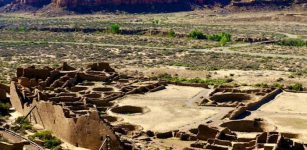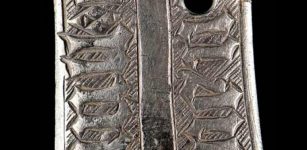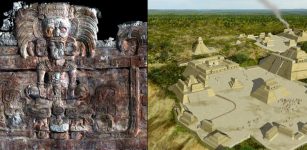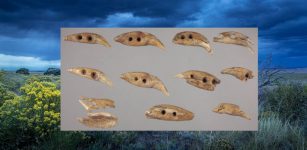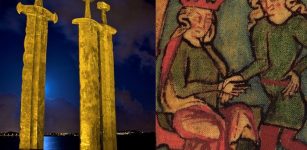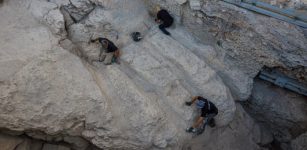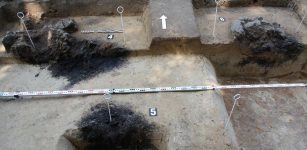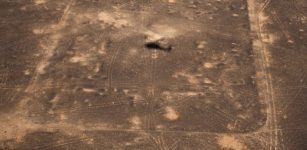Viking Presence Related To The North East Of Scotland
MessageToEagle.com – Academics at Aberdeen University have been working to fill the “blank space” of Viking activity in Aberdeenshire and Moray, with written history barely touching on the area so far,’ reports The Scotsman.
Vikings’ exploits are more linked to the Northern Isles and the west coast of Scotland, with monastries raided, islanders murdered and gold and silver plundered. But new research – and a clutch of archaeological finds – has now suggested that the North East may not have escaped the fury of the Norsemen afterall.
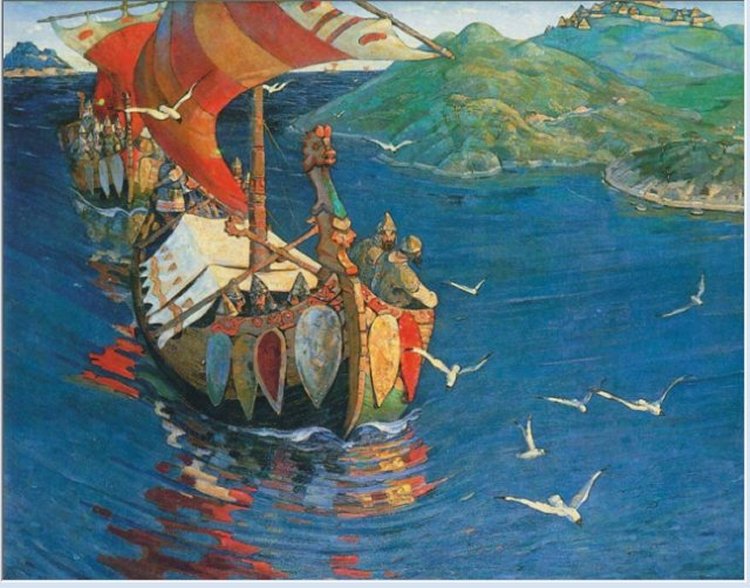
Using finds recorded through the Treasure Trove system and the input a team of metal detectors in the North East, a picture of possible Viking activity in the old Pictish Kingdom of Fortriu during the 8th, 9th and 10th centuries is now emerging.
Dr Karen Milek, senior lecturer in archaeology at the University of Aberdeen, said: “We tend to think of Viking activity in Scotland as linked to the Northern Isles or the raids on monasteries such as Iona.
“We have such a good understanding of Norse culture from the Atlantic coast but no one has been talking about the North East.”
A number of areas of interest around Forres, Buchan and Elgin have built up, largely due to “stray finds” of ringed pins and metal pieces – such as boot spur and little bell, that was possibly worn by an animal.
A lone bead found in Aberdeenshire almost certainly has Scandinavian origins.
“These are not excavation sites, these are just stray finds but when you start to put them together , they do show areas of Viking contact and areas of Viking presence,” She said.
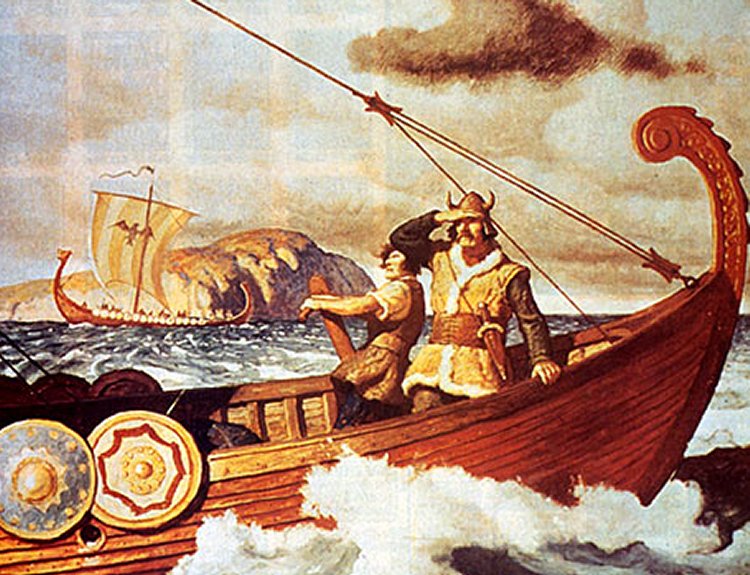
“It could be trade contact with local Picts, for example, or it could be that the Vikings were really just passing through these areas.
“Whatever it is, it is really interesting for us.”
At least 11 ringed pins have been discovered in the Forress and Buchan area, which are thought to have been manufactured at a Viking settlement in Dublin between 900 and 1100.
The pins were mainly used to secure cloaks and other garments, Dr Milek said.
“These ringed pins were coming from Ireland and in circulation all across the Viking world. They could have been worn by Pictish people who had traded with the Scandinavians.
“Or they could have been dropped by Vikings who were raiding, trading or even settling in the area.
“Because we haven’t been able to excavate sites we don’t know, but these pins do give us a connection with Viking activity in the North East.
“What we have so far is the first step in the research,” she added.
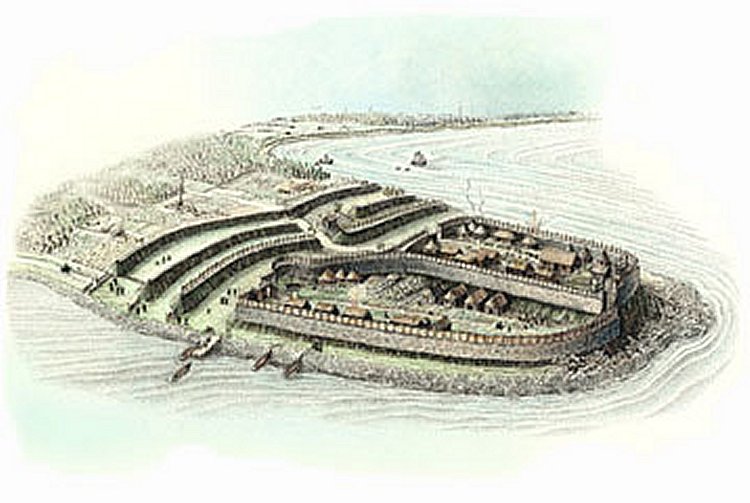
A ‘bulls eye’ bead found in Aberdeenshire, which had been incorrectly labelled in a museum as being of Iron Age origin, gave another pointer to Viking activity, Dr Milek said
“I have found identical beads on a site in Iceland and they date from around the 10th Century. They were worn around the neck and traded throughout the Viking world. They were not made in Scotland, but in Scandinavia,” Milek added.
Dr Milek said the best evidence of Viking activity was at Clarkly Hill, south of Burghead, where several metal items, including the boot spur, a small bell and points from strap ends, have been found
Research by MA student Craig Stanford found that other similar items had been found at Viking settlements in England and Ireland, but not in Orkney and Shetland.
“It tells us something important about what was was happening at Clarkly Hill. There were so many objects here and indicates there was some intense Viking activity,” Dr Milek said.
A Pictish fortress at Burghead was attacked in the 9th or 10th Century with significant fire damage recorded.
However, Dr Milek said: “It could only be speculated at this stage that the Vikings were responsible.
Dr Milek added: “We can see destruction levels at Burghead and that it was damaged by fire in 9th Century, which would certainly be the right time period for the Vikings.”
She said that much of history written about Vikings had missed out the North East due to bias by those recording the past.
“The early medieval written sources don’t talk about this part of Scotland. They didn’t really known what was going on up here.”
She said the Pictish monastry at Portmahomack in Easter Ross was never mentioned in the Irish Annals, a key document for understanding Pictish history.
Dr Milek added: “Iona and Lindisfarne were mentioned, but not Portmahomack. It just shows you that not everything gets mentioned and that historical records are biased. Travel wasn’t as extensive and those who wrote the Irish Annals were really more interested in their own brethren as opposed to what was happening in the rest of Pictland.”
Sources often used for understanding Viking history were written by Icelanders in the 12th and 13th Centuries and focussed on the ‘great earldom’ of Orkney and Shetland, Dr Milek said.
“It’s only archaeology that can provide evidence and fills the gaps in history.” she added.
MessageToEagle.com
source:

